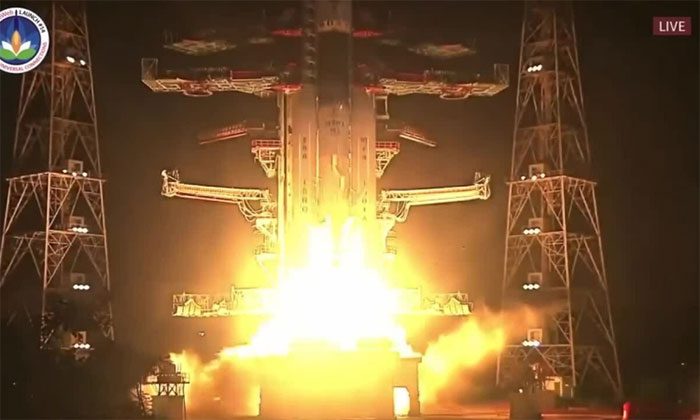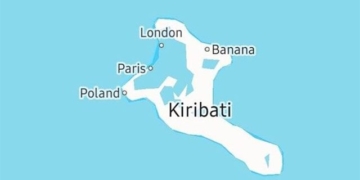The GSLV Mark III rocket carrying 36 satellites from OneWeb lifted off from the Satish Dhawan Space Centre in Sriharikota at 1:37 AM on October 23 (Hanoi time).
GSLV Mark III is the most powerful rocket currently used by the Indian Space Research Organisation (ISRO). The launch on October 23 also marks the first commercial multi-satellite mission of this kind executed by an Indian rocket.
The British company OneWeb is developing a network of 648 broadband satellites. Prior to this launch, 426 of these satellites had been successfully placed in orbit, all thanks to Russian-made Soyuz rockets. However, the ongoing conflict between Russia and Ukraine has impacted this collaboration, forcing OneWeb to seek alternative partners. In March, OneWeb announced a launch contract with SpaceX. A month later, the company revealed that it had signed a similar contract with New Space India Limited (NSIL).
The launch on October 23 was the first mission under the contract with NSIL, and the GSLV Mark III appeared to perform well. Less than two hours after liftoff, all 36 OneWeb broadband satellites were successfully deployed into their designated orbits.

The GSLV Mark III rocket can carry payloads of 8,000 kg into low Earth orbit.
The 36 OneWeb satellites weigh over 6,000 kg and are the heaviest payload yet for the GSLV Mark III, according to Thaddeus Basker, mission director at ISRO. The GSLV Mark III stands 43.5 meters tall and consists of three stages. It is capable of carrying payloads of 8,000 kg to low Earth orbit and 4,000 kg to higher geostationary transfer orbit.
OneWeb has been providing Internet coverage to northern regions of the Earth, serving customers in areas above 50 degrees latitude. The coverage will be global once the network of 648 satellites is complete. OneWeb aims to achieve this goal by next year.
“The new launch brings OneWeb’s network to 462 satellites, over 70% of the satellites needed for OneWeb to achieve global coverage. This milestone will activate a new phase of the launch program, serving the mission to bridge the digital divide across the world,” OneWeb announced.





















































